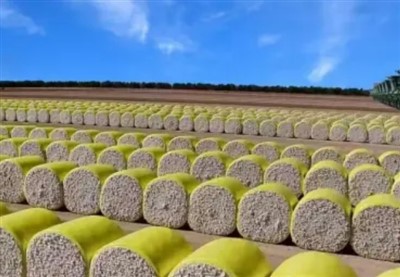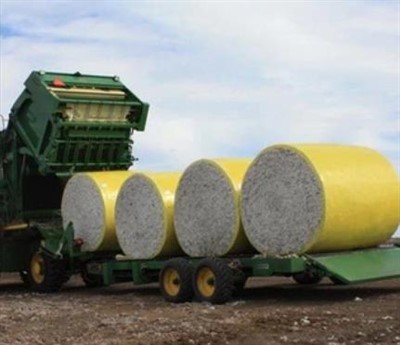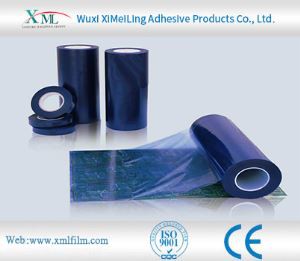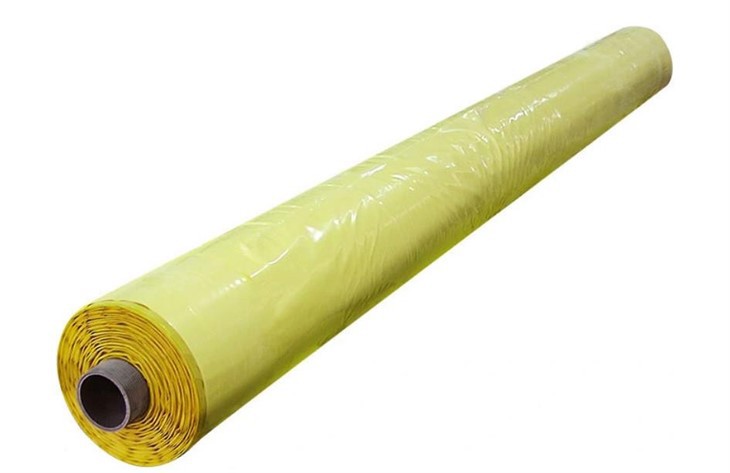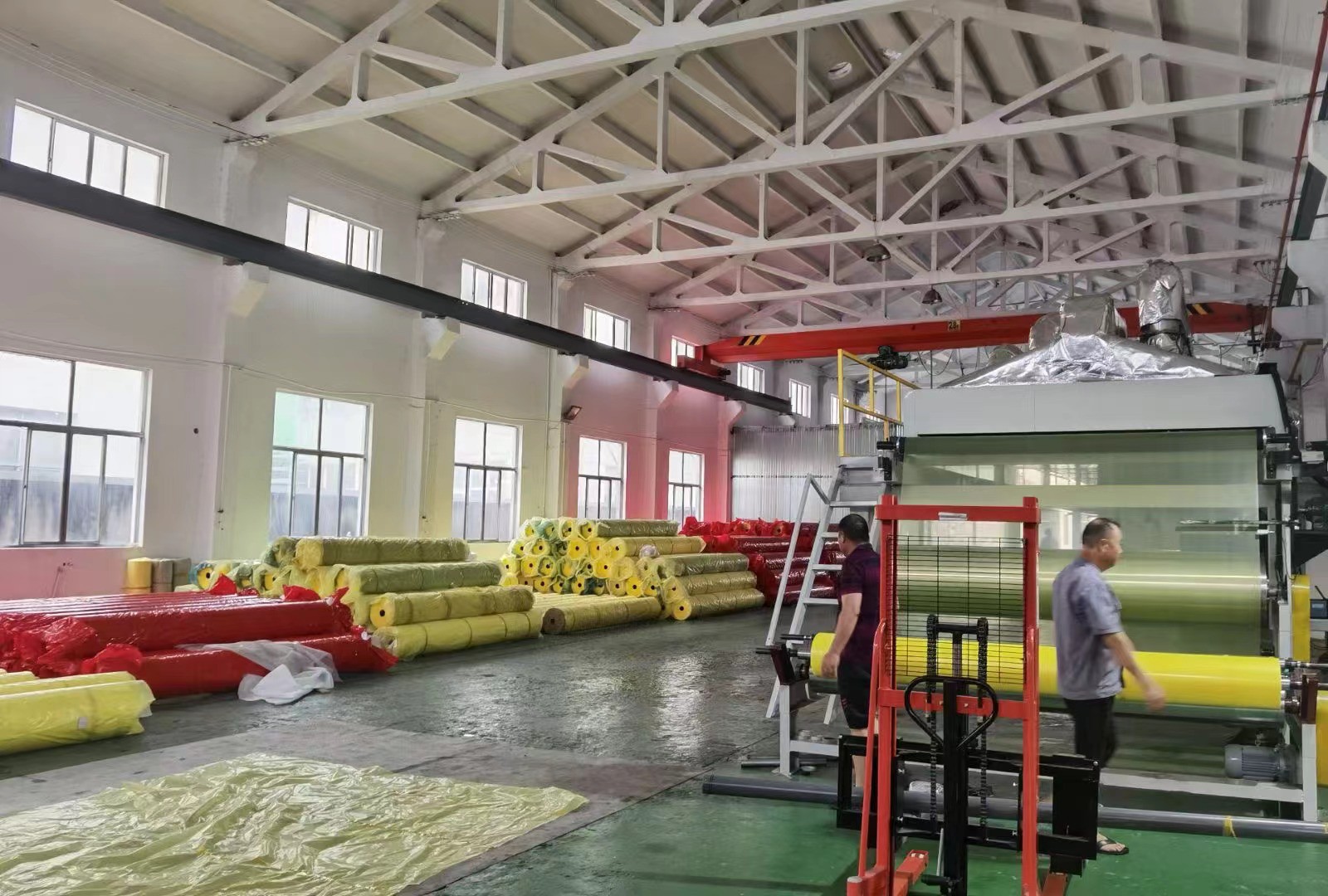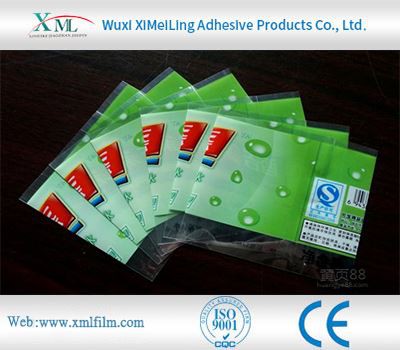Yes, the material composition of cotton wrap film for cotton pickers significantly influences its lifespan and performance in agricultural applications. The key materials and their impact on longevity are discussed below:
Most cotton wrap films are made from high - density polyethylene (HDPE) or linear low - density polyethylene (LLDPE), with LLDPE being more common due to its superior stretchability and puncture resistance.
-
HDPE: Offers rigidity and chemical resistance but is less flexible. Thinner HDPE films (e.g., <50 μm) may crack faster under mechanical stress from cotton picker rollers or bale compression, reducing lifespan.
-
LLDPE: Blended with metallocene catalysts for enhanced elasticity. Thicker LLDPE films (60–80 μm) withstand repeated stretching and impact during baling, delaying wear and tear. For example, a 70 μm LLDPE film typically lasts 15–20% longer than a 50 μm HDPE film in heavy - duty use.
-
Thickness Variability: Inconsistent thickness (e.g., ±5% deviation from the nominal 70 μm) creates weak spots prone to tearing, shortening effective service life.
Additives modify material properties to address environmental and mechanical stresses:
-
UV Stabilizers: Without UV inhibitors (e.g., hindered amine light stabilizers, HALS), PE films degrade rapidly under sunlight. Tests show that a film with 0.3% HALS retains 85% of its tensile strength after 1,000 hours of UV exposure, while an additive - free film loses 50% strength in 500 hours.
-
Antioxidants: Prevent thermal oxidation during film extrusion and long - term storage. Lack of antioxidants (e.g., phenolic compounds) leads to brittleness at high temperatures (e.g., >60°C), causing cracks within 6 months of outdoor use.
-
Slip and Antiblock Agents: Balance film smoothness (for easy unwinding) and surface friction (to prevent bale slippage). Poorly balanced additives (e.g., excess slip agents) reduce inter - layer adhesion, increasing risk of film delamination and premature failure.
-
Virgin vs. Recycled Resin: Virgin PE (100% new material) has uniform molecular structure, better resistance to fatigue from repetitive stress (e.g., bale wrapping cycles), and a lifespan of 12–18 months in typical use. Recycled PE (with >30% regrind) may contain contaminants (e.g., dirt, metal particles) that create micro - defects, reducing lifespan to 6–10 months.
-
Melt Flow Index (MFI): Films made from resins with inconsistent MFI (e.g., variation >0.5 g/10 min) exhibit uneven stretchability. Low MFI resins (stiffer) are more prone to cracking during high - speed wrapping by cotton pickers, while high MFI resins (too soft) deform under bale pressure, compromising long - term integrity.
Material choices dictate how the film withstands external factors:
-
Abrasion from Cotton Fibers: Films with a rough surface texture (e.g., matte finish) or low surface hardness (Shore D <50) wear faster as cotton fibers rub against the film during baling. Smooth - surfaced LLDPE with Shore D 55–60 resists abrasion, extending life by 20–30%.
-
Moisture and Chemical Exposure: Polyethylene is inherently moisture - resistant, but films in contact with agricultural chemicals (e.g., pesticides) may degrade if lacking chemical - barrier additives. For example, films without ethylene - vinyl alcohol (EVOH) barriers show 15% strength loss after 3 months of exposure to glyphosate solutions, versus 5% loss in EVOH - modified films.
-
Case Study: A cotton farm using 70 μm LLDPE films with 0.5% UV stabilizers and 10% recycled content reported an average film lifespan of 10 months, with 15% failure rate due to UV cracking. Upgrading to 80 μm virgin LLDPE with 1% HALS and EVOH barrier increased lifespan to 16 months, with <5% failure rate.
-
Key Trade - off: Thicker virgin films cost 20–30% more but reduce replacement frequency, while recycled films offer lower upfront costs but higher long - term maintenance needs.
